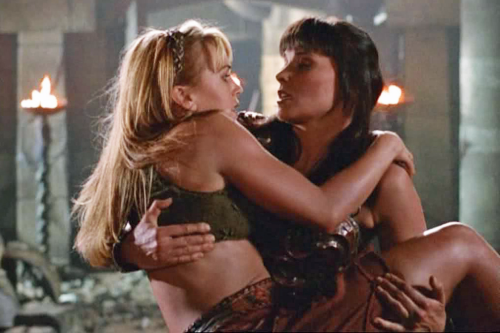
This blog is an assessment of the main character and narrator, Stevens, in Kazuo Ishiguro’s Remains of the Day. This book could be classified as a romance, as one of the central plots revolves around the unsuccessful relationship of Stevens to the housekeeper, Miss Kenton. Kazuo Ishiguro dictates this tale from the point of view of Stevens, an anal retentive who need to do the ‘proper’ thing, rather than the right thing, in emotional situations. He is the naïve, internal narrator, an emotional outsider by choice; he is unreliable because of his single point of view and limited experience. He alienates both the reader and his love interest, Miss Kenton.
There is a good definition of Narrative Point of View at http://www.brocku.ca/english/courses/2F55/pt_of_view.html : “The ‘meaning’ of a story is determined by a number of factors. One of the main factors is the matter of who is telling the story, and how. There are many ‘positions’ or ‘perspectives’ or ‘points of view’ from which a story can be told. By ‘point of view’ we generally mean two somewhat different things:
1) the relation of the narrator to the action of the story — whether the narrator is, for instance, a character in the story, or a voice outside of the story;
2) the relation of the narrator to the issues and the characters that the story involves — whether the narrator is sympathetic, whether she agrees supports of opposes a particular cultural practice or doctrine, that sort of question.”
Using this definition as a starting point, we can examine the careful construction of Stevens’ narrative point of view. The narration in Remains of the Day becomes part of the characterisation of Stevens.
Distance: Stevens, as the first person narrator, was very close to the story he was telling. It might have sounded like he wanted to be emotionally distant, but he wasn’t the omniscient voice that he hoped to be. I thought this was a magnificent piece of characterisation, making a cold person so likable. Steven’s vocabulary was very British and Proper, as suited his position as a butler of an upper-crust establishment. His culture provided the emotional distancing from his personal events…but the author has still managed to keep Stevens’ involvement in events immediate and personal.
Interest: Of course, as Stevens is telling his own story, his interest wasn’t impartial, just reserved. The reserve was part of his characterisation. There were times when his reserve was obviously just a veneer, such as when his father died.
Sympathy: As Stevens was telling his own history, he was very sympathetic to his own decisions and actions. He was more judgemental of the other characters, as they are all seen through his own eyes and from his own POV.
Voice: The voice for this novel was vitally important, as it played a major role in the storytelling. It was the reserved ‘voice’ of a very proper and correct Englishman. It was a prim, emotionally repressed voice, loyal to his employer and aware of the dignity of his profession above anything else. It was his role as butler that affected his attitude to all the other characters in the novel.
Orientation: The main theme of the novel was Steven’s pride in his career as a butler, to the point he became a mannequin and stopped being a human being.
Sense of Audience: The author was implying that Stevens’ audience was himself. He was trying to justify his actions, and convince himself that he had always done the right thing, and kept his dignity even if he was unhappy. He wasn’t addressing the reader or an audience as such.
The narrative point of view is a vital element in the construction of a novel, giving the text its style and contributing to the perception of the characters’ personalities. Stevens’ narration, in Remains of the Day, creates conflict by asking himself rhetorical questions and answering them himself, and this highlights how an interior narrator can still incorporate a responses and counter-arguments, without contradicting the character’s personality construct. By the end of the story, Stevens’ persona has gone from confident and phlegmatic to regretful, nostalgic and melancholic, and the narrative point of view has paralleled this character change. This way, Kazuo Ishiguro leads both the reader and the novel though to its pensive conclusion.
It can’t be a romance…there is no happy ending got Stevens and Miss Kenton.





























